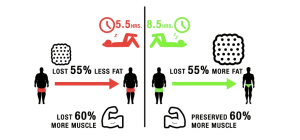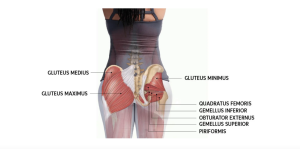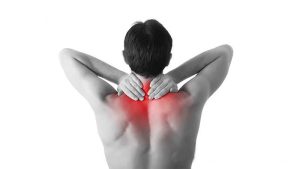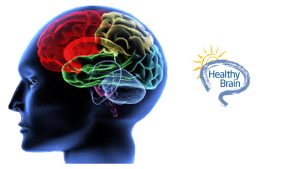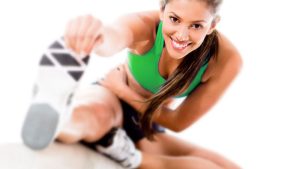The anterior cruciate ligament (ACL) is one of the main stabilising ligaments of the knee. When the ACL is injured the knee may feel as if it will buckle and give out. Tears or ruptures of the ACL occur frequently in sports:
- As a result of cutting, pivoting, or single-leg landing.
- Through a twisting force applied to the knee when the foot is planted on the ground or when landing on one foot.
- From a direct trauma to the knee, usually, the outside of the knee, as may occur in many contact sports, such as netball, soccer, and football.
ACL tear symptoms
A person who experiences an ACL tear of the knee is likely to report some combination of the following knee symptoms:
- Initial sharp pain. Symptoms of an ACL tear are sudden onset and can almost always be traced back to a specific incident or injury.
- Swelling after the injury. Swelling often occurs immediately after the injury. In some cases, swelling may develop up to 24 hours later. Swelling may last up to a week.
- Deep, aching pain in the knee. The pain may be worse when walking or climbing stairs.
- A feeling the knee is “giving out.” Instability may be especially noticeable during activities that strain the knee joint, such as walking downstairs and pivoting on one leg.
Prevention
Proper training and exercise can help reduce the risk of ACL injury. Programs to reduce ACL injury include:
- Exercises that strengthen leg muscles, particularly hamstring exercises, to ensure an overall balance in leg muscle strength.
- Exercises to strengthen the core, including the hips, pelvis, and lower abdomen.
- Training and exercise emphasising proper technique and knee position when jumping and landing from jumps.
- Training to improve technique when performing pivoting and cutting movements.
Strengthening muscles of the legs, hips, and core – as well as training to improve jumping and landing techniques – may help to reduce the higher ACL injury risk associated with female athletes.
Risk factors for ACL tears
While anyone can injure their ACL, certain factors can put an individual at higher risk:
- Female sex. The rate of ACL injuries is three times higher in female athletes than in males. The exact reason is unknown.
- Participation in certain sports. ACL tears commonly occur in sports such as basketball, soccer, football, volleyball, downhill skiing, and tennis.
- Previously torn ACL. The risk of re-tearing a previously repaired ACL is approximately 15% higher than the risk of tearing a normal ACL. One study notes that the risk is highest in the first year after an injury as is the risk of a tear in the opposite knee.
- Age. ACL tears are most common between the ages of 15 and 45, mainly due to the more active lifestyle and higher participation in sports.
Treatment
Treatment for an ACL tear will vary depending upon the patient’s individual needs. For example, the young athlete involved in agility sports will most likely require surgery to safely return to sports. The less active, usually older individual, may be able to return to a quieter lifestyle without surgery.
Nonsurgical treatment
A torn ACL will not heal without surgery. But nonsurgical treatment may be effective for patients who are elderly or have a very low activity level. If the overall stability of the knee is intact, your doctor may recommend simple, nonsurgical options.
- Your doctor may recommend a brace to protect your knee from instability. To further protect your knee, you may be given crutches to keep you from putting weight on your leg.
- A careful rehabilitation program is started once the swelling goes down. Specific exercises will restore function to your knee and strengthen the leg muscles that support it.
Surgical treatment
Most ACL tears cannot be stitched back together. To surgically repair the ACL and restore knee stability, the ligament must be reconstructed. Your doctor will replace your torn ligament with a tissue graft. This graft acts as a scaffolding for a new ligament to grow on.
Because the regrowth takes time, it may be six months or more before an athlete can return to sports after surgery.
Chiro & Sports Med
Our chiropractors at Chiro & Sports Med are committed to providing chiropractic solutions to address your unique needs, whether you are experiencing an irritated nerve, bulging disc, back pain, neck pain, knee pain, headaches, or even muscular tightness and tension. You may be searching for pain relief after an accident or experiencing an injury. Our mission is to help reduce or eliminate pain and to prevent future problems and injury. Above all, we are here to improve your quality of life, well-being, and your ability to live an active healthy lifestyle.

